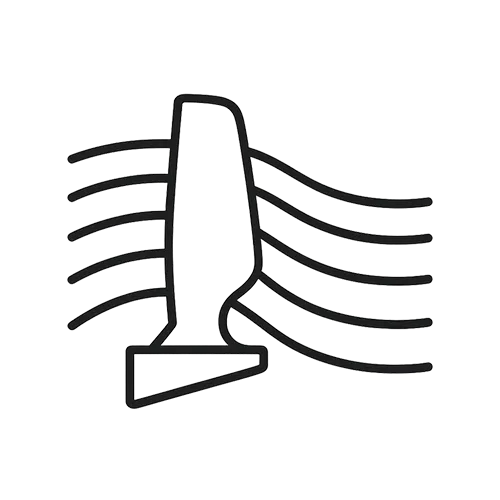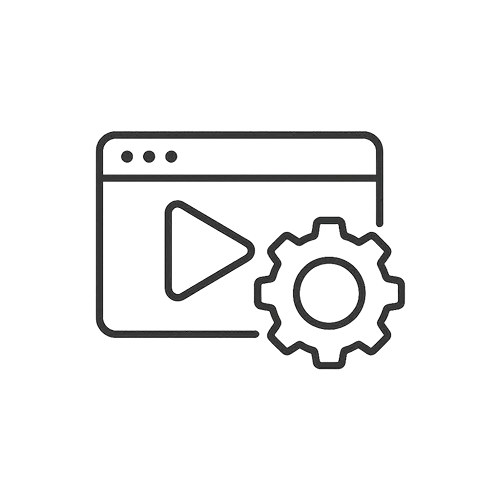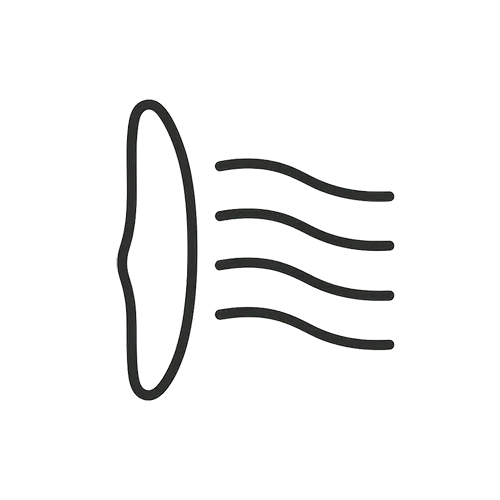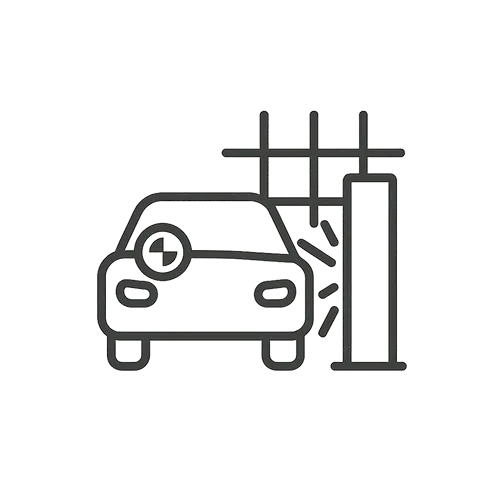To add a custom material in SolidWorks, you’ll use the Material editor available in any part file. Right-click on “Material <not specified>” (or an existing material) in the FeatureManager Design Tree and choose Edit Material. This opens the Material dialog. SolidWorks provides a library of standard materials, but to create your own, do the following: in the Material dialog’s left panel, create a new material library (if you don’t have one already) by right-clicking in an empty area or on an existing library and selecting “New Library”. Give your custom library a name (it will save as an .sldmat file). Next, either copy an existing material as a starting point or create a New Material under your library (right-click on a category in your library, choose “New Category” if desired, then “New Material”). Now define the material’s properties: fill in physical properties like density, elastic modulus (Young’s modulus), Poisson’s ratio, tensile strength, etc., in the appropriate fields. You can also specify appearance and thermal or electrical properties if needed. Click Save to save the new material to your library. Once saved, the new material will appear under Custom Materials in the library list. You can then apply it by selecting it and clicking Apply. The custom material properties will be used in mass calculations and any SolidWorks Simulation (FEA) studies. Keep in mind that for accurate simulation results, all relevant properties (elastic modulus, yield strength for stress analysis, thermal conductivity for thermal studies, etc.) should be filled in as per your material data sheet. By maintaining your own material library, you ensure consistency and reuse of those definitions across all your projects.
How do I create and use a custom material in SolidWorks?
0
Engineering Downloads
0 Subscribers
Submit Answer
0 Answers














